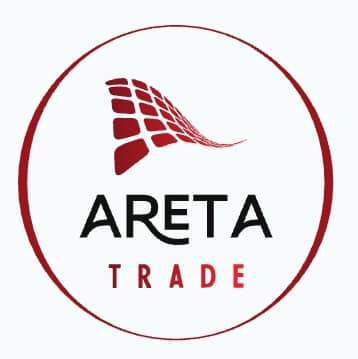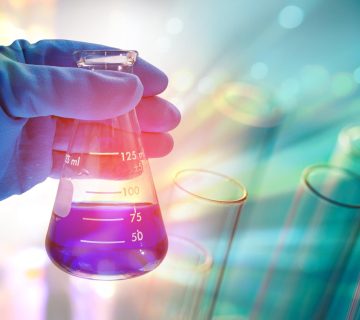Chemical additives are substances added to food during processing to preserve flavor, enhance texture, and improve appearance. While these additives play a crucial role in the food industry, their use has been a subject of debate due to potential health and environmental risks. This article explores the benefits and risks associated with chemical additives in food.
Types of Chemical Additives
1. Preservatives
Preservatives are used to prevent spoilage and extend the shelf life of food products. Common preservatives include:
- Sodium Benzoate: Used in acidic foods like fruit juices and salad dressings.
- Sulfites: Used in wines and dried fruits to prevent bacterial growth.
- Nitrites and Nitrates: Used in meats to prevent bacterial contamination and maintain color.
2. Flavor Enhancers
Flavor enhancers are used to improve the taste and aroma of food. Examples include:
- Monosodium Glutamate (MSG): Enhances savory flavors in processed foods.
- Artificial Sweeteners: Such as aspartame, sucralose, and saccharin, used to sweeten foods without adding sugar.
3. Coloring Agents
Coloring agents are used to enhance the visual appeal of food. Common food coloring agents include:
- Tartrazine (Yellow No. 5): Used in soft drinks and candies.
- Carmine (Red No. 40): Derived from cochineal insects and used in juices and yogurts.
- Caramel Coloring: Used in sodas and baked goods.
4. Emulsifiers and Stabilizers
Emulsifiers and stabilizers are used to prevent separation of ingredients and maintain the consistency of food products. Examples include:
- Lecithin: Derived from soybeans and used in chocolate and salad dressings.
- Xanthan Gum: Used in sauces and dressings to thicken and stabilize.
5. Antioxidants
Antioxidants are used to prevent oxidation and rancidity in food. Common antioxidants include:
- Butylated Hydroxyanisole (BHA): Used in cereals and chewing gum.
- Butylated Hydroxytoluene (BHT): Used in potato chips and butter.
Benefits of Chemical Additives
1. Food Preservation
Additives like preservatives help prevent food from spoiling, reducing food waste and ensuring that products remain safe for consumption over longer periods.
2. Enhanced Flavor and Texture
Flavor enhancers and emulsifiers improve the taste and texture of food, making it more appealing to consumers. This is particularly important in processed foods where natural flavors may degrade over time.
3. Improved Appearance
Coloring agents enhance the visual appeal of food, which can increase consumer satisfaction and sales. Bright and consistent colors are often associated with freshness and quality.
4. Nutritional Fortification
Some additives, such as vitamins and minerals, are used to fortify food products, improving their nutritional value. This is especially beneficial in regions where dietary deficiencies are common.
Risks of Chemical Additives
1. Allergic Reactions
Certain food additives can trigger allergic reactions in sensitive individuals. For example, sulfites can cause asthma attacks in some people.
2. Health Concerns
Some studies suggest that certain additives may have adverse health effects. For instance:
- Artificial Sweeteners: Linked to potential metabolic disorders and weight gain.
- Monosodium Glutamate (MSG): Associated with headaches and other symptoms in some individuals.
- Nitrites and Nitrates: Linked to increased risk of cancer when consumed in large quantities.
3. Environmental Impact
The production and disposal of chemical additives can have environmental consequences. For example:
- Waste Management: Improper disposal of food additives can lead to soil and water pollution.
- Resource Consumption: The production of some additives requires significant amounts of energy and resources, contributing to environmental degradation.
4. Regulatory Challenges
Ensuring the safety of food additives is a complex task. Regulatory bodies must continuously monitor and update guidelines to protect consumers from potential risks.
Conclusion
Chemical additives in food offer numerous benefits, including preservation, enhanced flavor, and improved appearance. However, it is essential to balance these benefits with the potential health and environmental risks. Consumers, manufacturers, and regulatory bodies must work together to ensure that food additives are used safely and responsibly. By staying informed and advocating for transparent labeling, consumers can make healthier choices and promote a more sustainable food industry.




No comment